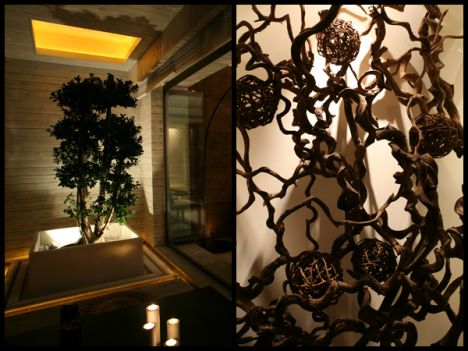BADBLUE·Focus on creativity | Modernity conceives the beauty of classical style
The gallery has always occupied an important position in classical Chinese architectural design. The significance represented by the gallery, whether from the apparent spatial form or the abstract emotion, has become an inseparable part of the Chinese people's life. From the perspective of space, the narrow and long depth of field of the gallery, its three-dimensional perspective, and the handling techniques of the end view and its counterpoint relationship present a sense of spatial hierarchy, which I think is the most beautiful part of Chinese architecture. In addition, the gallery is also a turning point or a connecting line that links the entire building together. Relying on this line, small spaces are connected to form a larger space. Therefore, in terms of emotional significance, the gallery also plays the same role - it connects the emotions of people living under the same roof, becoming a place for common play and amusement, a passageway for circulation, and a place to pause and enjoy the scenery.
